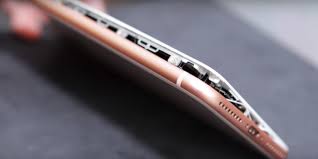The right to repair initiative is mad as hell since firms operate to stop users from doing fundamental repairs to their own machines. One of the largest targets for the ire of public is Apple, which is blamed of going out of its path to make consumer repairs as hard as achievable. That, paired with the apparently-hiked failure rate of these machines has led to sufficient fuss that Congress is asking for answers.
Apple’s answers to the Antitrust Committee were created by Kyle Andeer, the firm’s VP for Corporate Law, and make for very exciting reading. Particularly in the section related to the implication that the firm goes out of its way to ban repairs, obliging users into its own shops to charge increased costs to rather do it; and that if you go to a 3rd-party store, your machine may be impaired more moving forward.
Not so as per Andeer, who claims that firm’s actually losing cash on its repair section: “For every year from 2009,” he claimed, “the prices of offering repair services has increased the income created by repairs.” And the factor for any protectiveness related to repair services is to “making sure repairs on these complicated machines are reliable and safe.”
That does appear strange, particularly when it has been caught taking $1,200 for a repair that a 3rd-party store solved for only $75. Replacing a display for an iPhone X (without warranty) has a price of $170 at iPhoneDocNYC, but $279 via Apple. It is probably that the general cost of repair bill by Apple is also distorted due to the cut-cost repairs it had to provide lately, and its broader recall initiative. Andeer claimed that untrained individuals trying to repair your iOS machine may lead to what is said to be a “safety event.”
